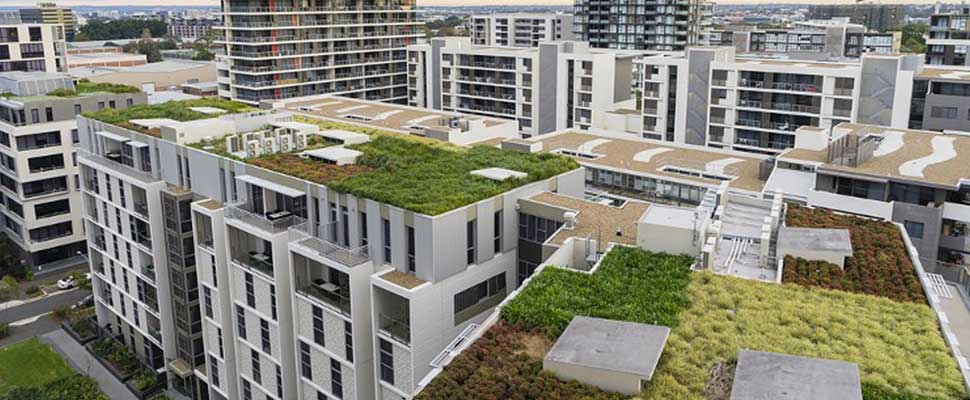How can your roof save your city?
The United Nations says that green spaces in cities can prevent different diseases

The world population grows every day, it is estimated that per year, it increases by 77 million people. Along with the population, cities also grow. Despite the importance of green spaces, in the cities cement and asphalt reign.
Leer en español: ¿Cómo su techo puede salvar a su ciudad?
The United Nations says that a strategy to increase these places that become small lungs within all the emission of CO2, are the green roofs. According to the organization, these spaces "promote active and healthy lifestyles, improve mental health, prevent diseases, and provide a place for people to socialize".
Additionally, trees that can be planted can help cities reduce the impacts of global warming and reduce temperatures, buffer storms and floods.
In this, Quito is a Latin American reference. UN Environment consulted the biologist Liliana Jaramillo, who is part of Young Champions of the Earth last year, which has a project to grow plants on the rooftops of the Ecuadorian capital: "When you think of cities, you think of concrete. they are basically wasted space, excess land (…) it is time for us to start converting these spaces IGNORE INTO green areas that everyone can enjoy".
In addition to the benefits it brings for the entire urban population, these spaces can also be used as home gardens, which also has an impact on the expenses of a Latin American family. In these roofs you can grow fruits, vegetables, and flowers, useful for cooking. It can also filter contaminants by filtering heavy metals from the rain.
According to Jaramillo, "in most cities, this (the implementation of ceilings) means including ecological approaches to urban planning and development".
In addition to the benefits for the human being, when there are plants, there is a diversity of animals that can return to the cities. Birds, squirrels, and insects would also benefit. "Bringing trees and shrubs native to the city also helps to protect them from the disappearance and connects us with nature and our heritage. Part of my project is to raise awareness about local plants so that people can choose native species instead of exotic species, and so we can feel more connected with our cultural roots and also with the green spaces outside the city", explains the biologist.
It is important to use plants (either native or non-native) that are resistant to the climates that a roof can support, as well as planning in the architectural part, because the extra weight that must be supported requires a more solid infrastructure. Jaramillo explains that if this is not included in the design of the building, it is more expensive to rebuild.
The case of Cordoba
Another city that leads the implementation of this architecture is Cordoba in Argentina. The capital of the province of Córdoba implemented a law that mandates that buildings with a surface greater than 400 m2 of free terrace must implement a green roof mandatorily. For this they will have 3 years. According to the authorities, this measure seeks to reduce temperatures, improve the citizens' quality of life, and reduce the amount of rainwater that reaches the drains. It is estimated that 400 buildings should already have their green roofs for next year.
Latin American Post | Santiago Gómez Hernández
Translated from "¿Cómo su techo puede salvar a su ciudad?"





